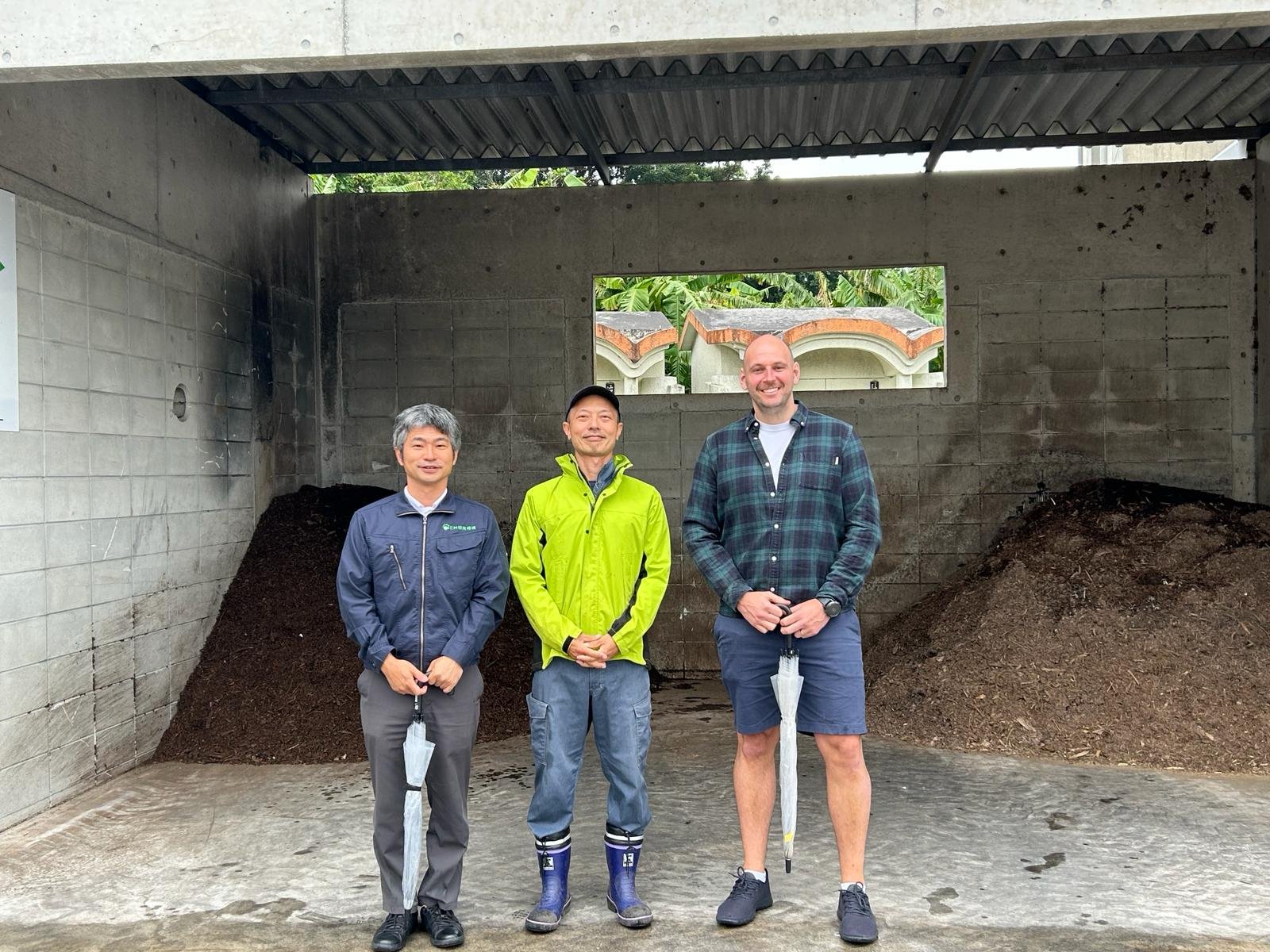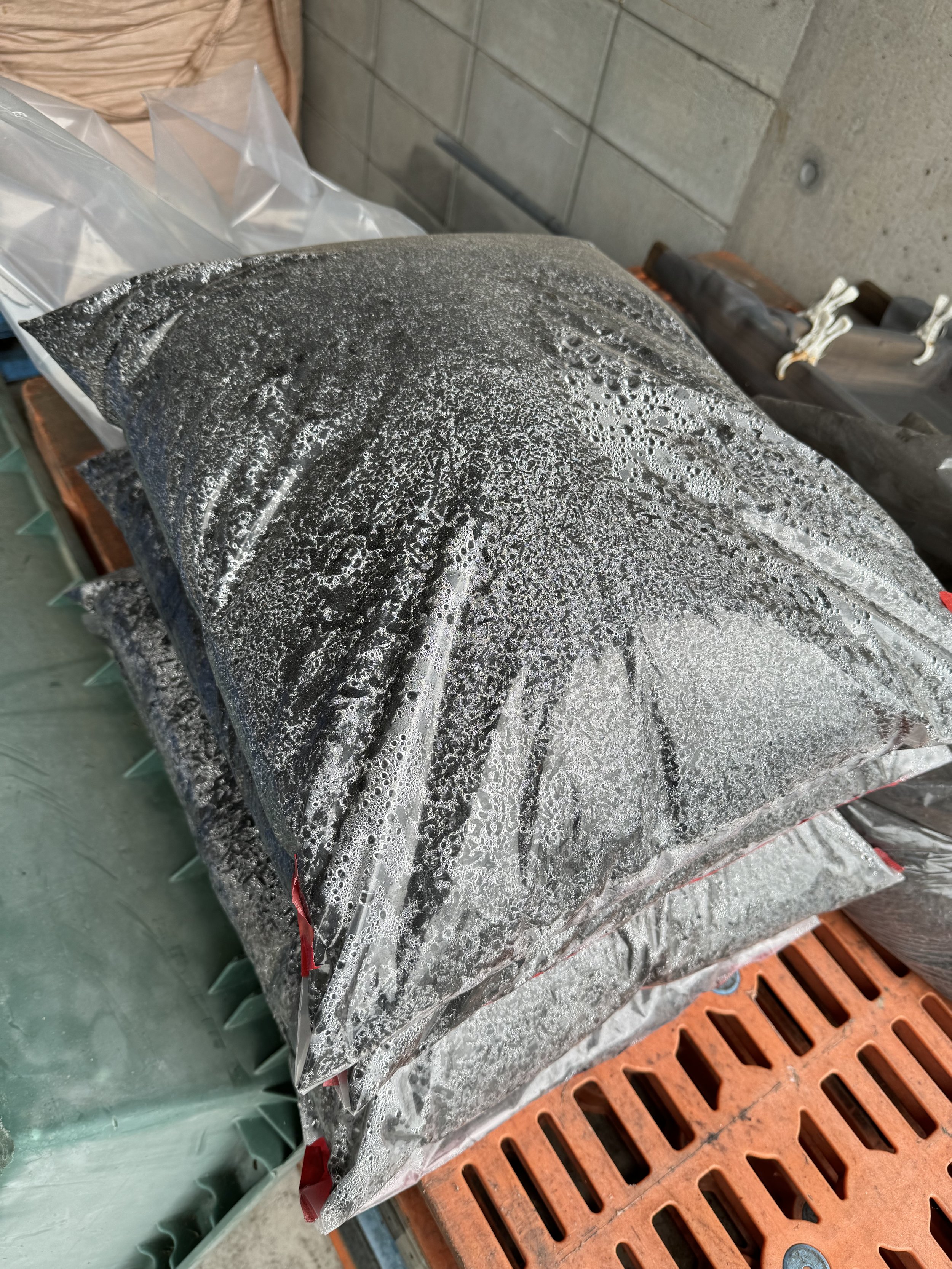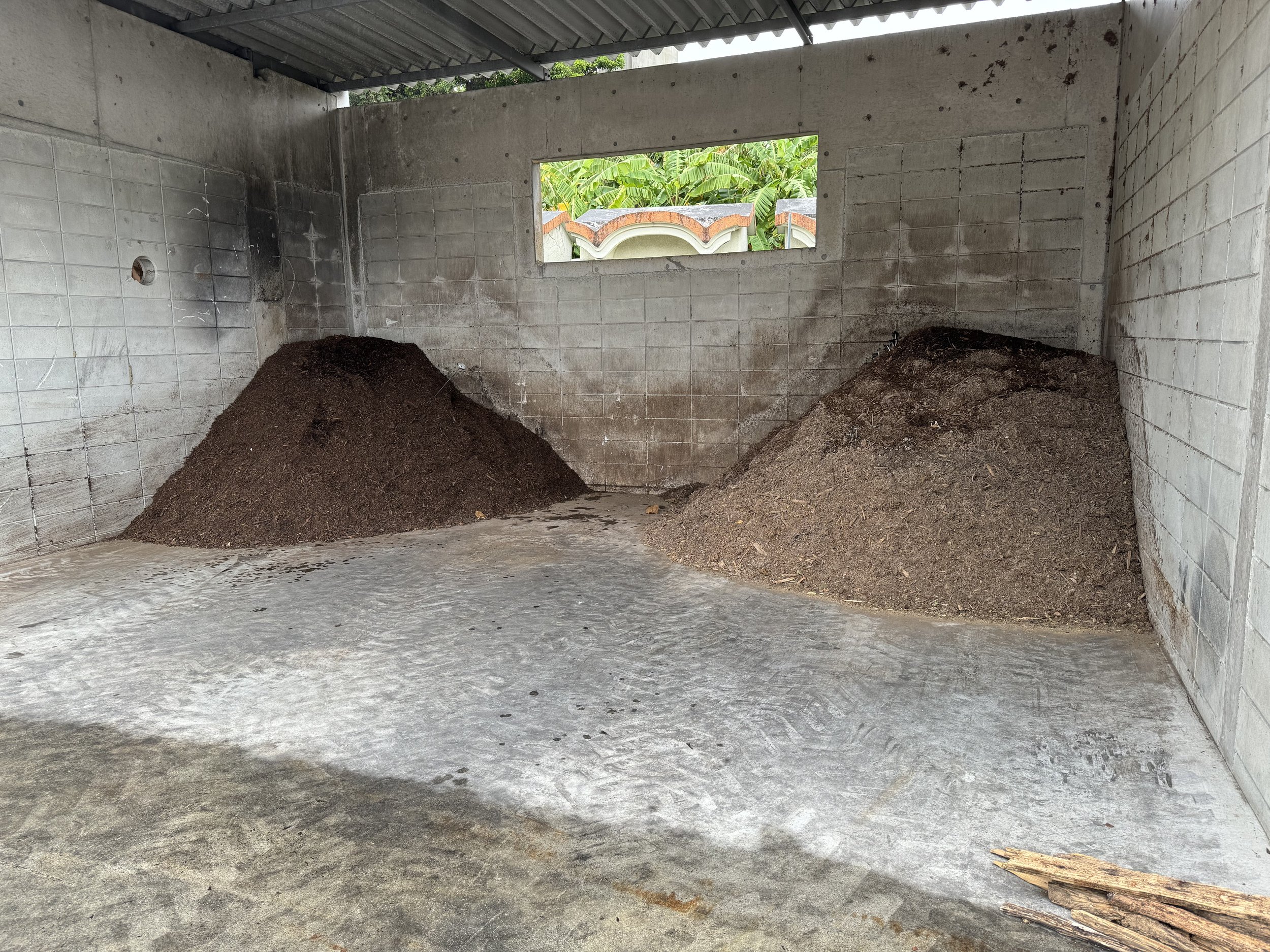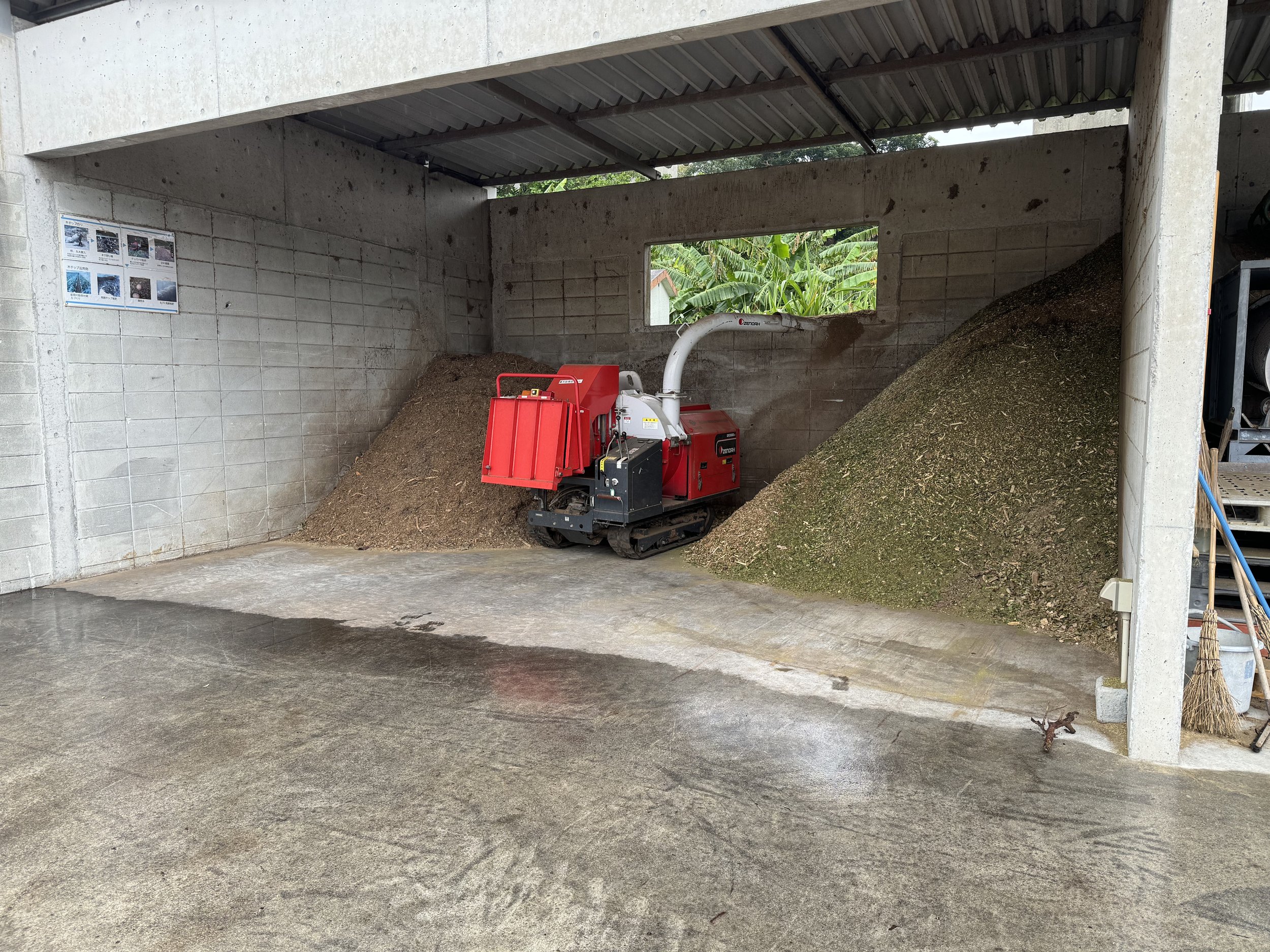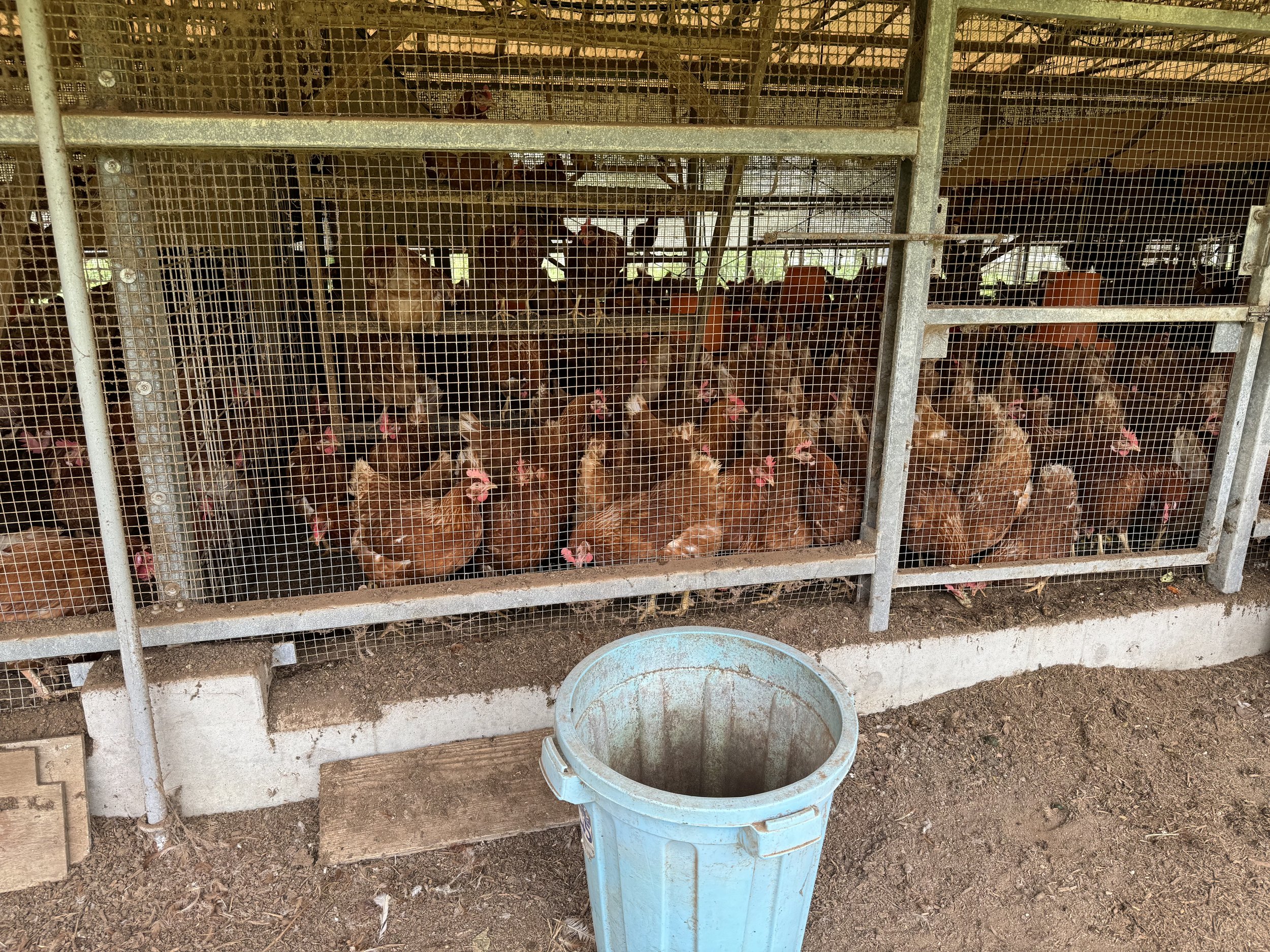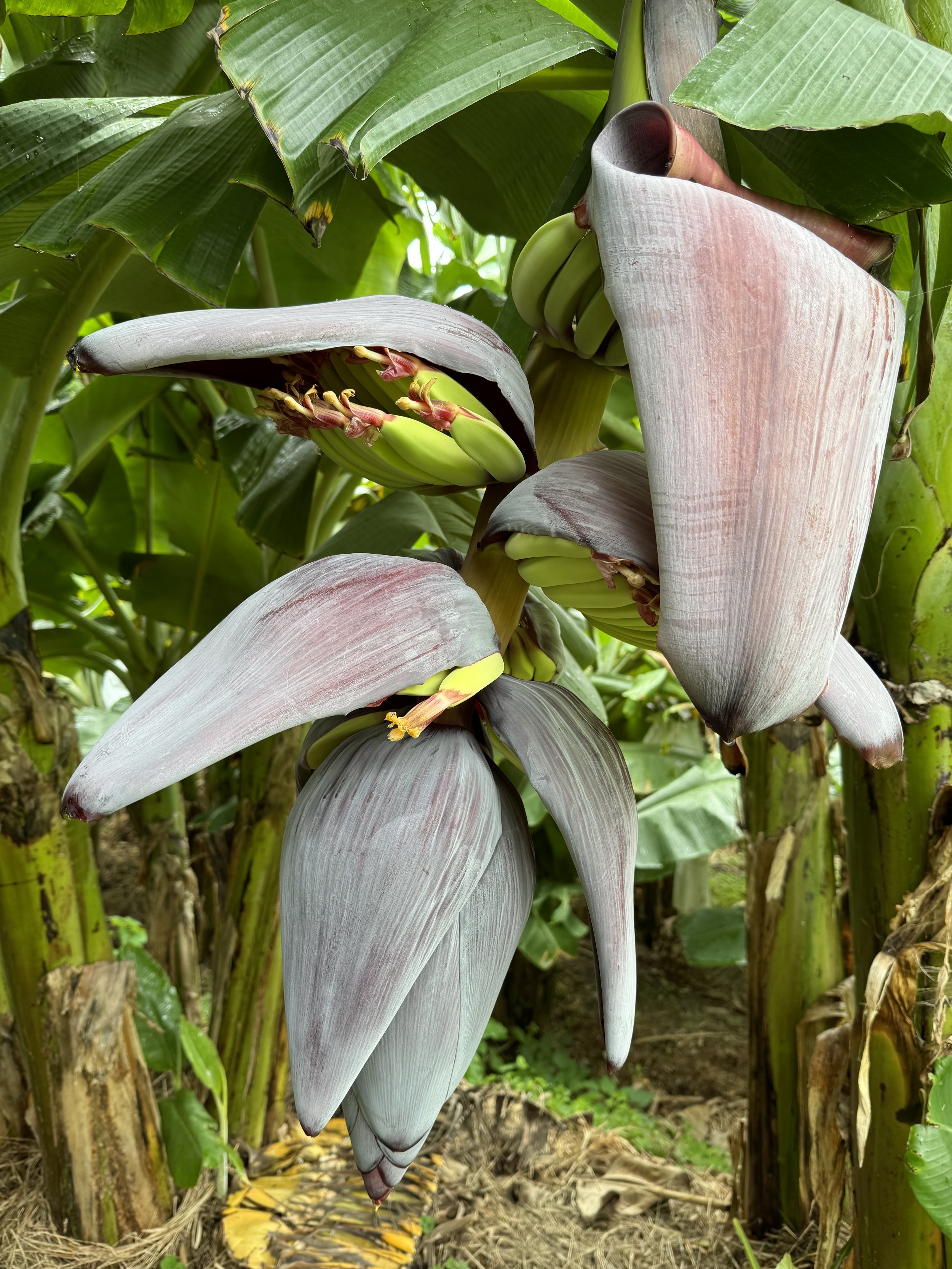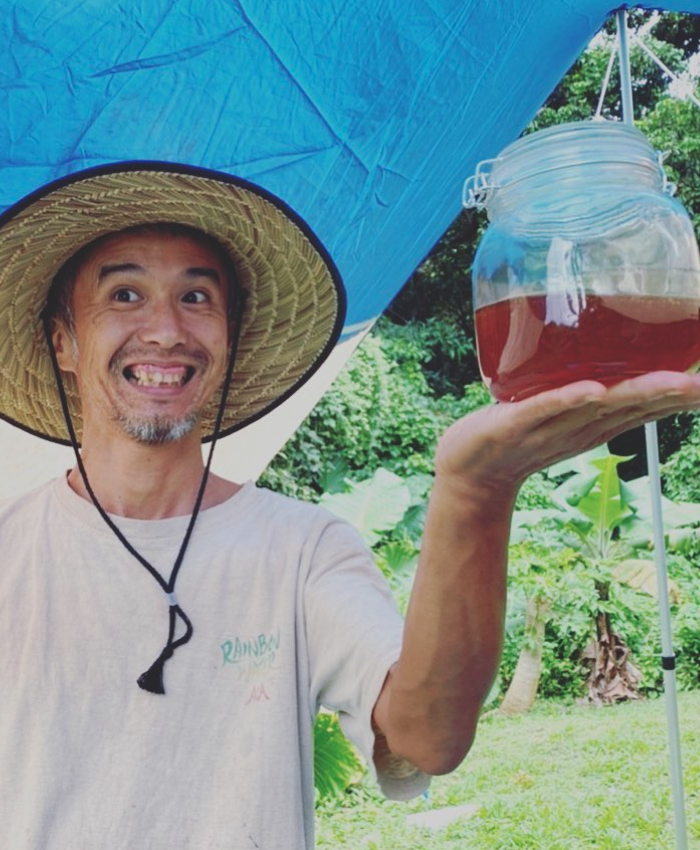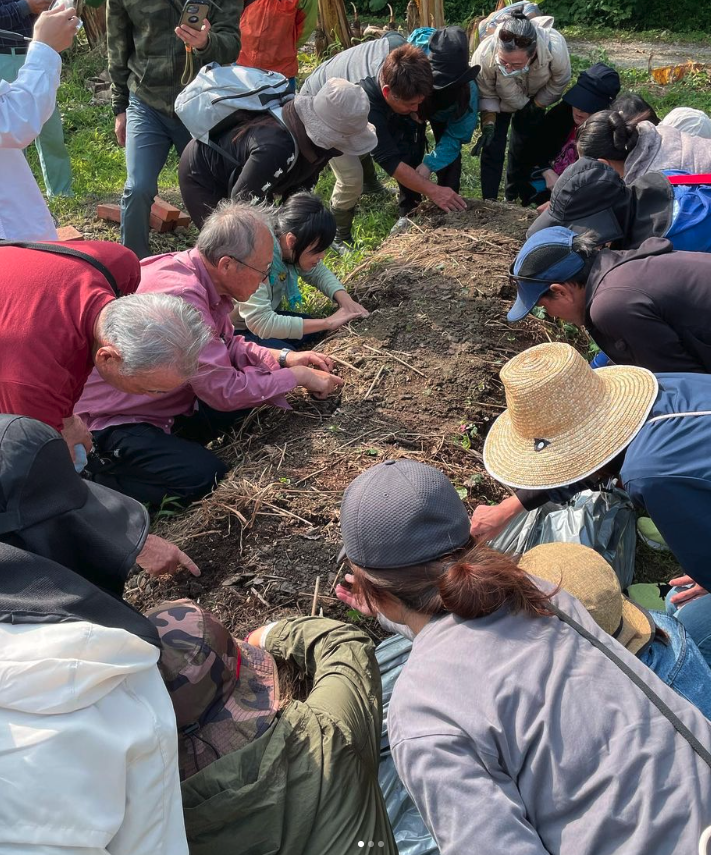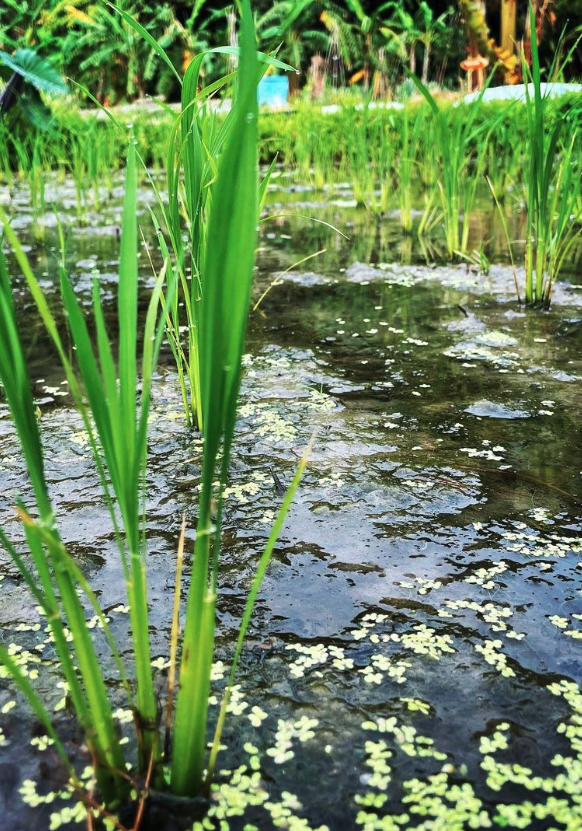My Window Seat Was a Dud, But This Trip to Okinawa Was Anything But!
Whenever I fly, I always try to get a window seat. Not because I'm scared of flying or claustrophobic, but simply because I find the bird's-eye view of cities and countryside so fascinating. It's probably why I would seriously consider being reincarnated as a bird, if that were ever an option.
Taking off from Gatwick meant looping over London before heading east. This allowed me the chance to pick out landmarks I know, such as the Thames, Wembley and Twickenham stadiums, as well as the Shard. My view of London didn't last long though, as lo and behold, the clouds blocked my view. Surprisingly, it was even worse as I descended into Shanghai with thick fog blocking any potential view, and even more annoyingly, it was still foggy when I landed in Naha Airport, Okinawa. On this occasion, the window seat was wasted!
Anyway, I had arrived in Naha, the capital of Okinawa, and my first job was to try and avoid jet lag. I only had three nights and two days before I would be heading to the mainland, and I didn't want jet lag to slow me down. I believe the best way to avoid jet lag is to accept tiredness, stay up as late as possible (at least 10 pm), and keep busy, which is exactly what I did.
I arrived at my city centre hotel, had a shower, put on clean clothes, and headed out to explore. My first stop when exploring a new country is to check out the local market, or, if a local market is unavailable, a supermarket. I don't believe there's a better way to get a sense of the culture and food than a local market.
For me, the market in question was Makishi Public Market, and it was exactly as I had hoped, full of little stalls with everything from fresh seafood (some of it still alive), vegetables, clothing, general groceries, and alcohol. As Okinawa is the home of EM (Effective Microorganisms), I was hoping to spot some EM products such as EMX-Gold or Bokashi, and failing that, anything that included, contained, or was grown with EM. I didn't have to look very far before I spotted some 'EM Milk' in a fridge. The farm was using EM and, as a result, marketed the milk as being 'EM Milk'. I tried to find out what, if any, requirements there were to classify the milk as 'EM Milk' but failed. I wondered if the EM logo was used in a similar way to the organic logo back in the UK, but speaking to an EM representative the following day, there are no minimum requirements or certification; the EM name is used purely as a marketing tactic by farmers to sell their produce.
After sampling the local sushi, which is so much nicer and fresher than the sushi you get in the UK, I got a good night's sleep and was ready for my first proper day exploring.
I was picked up from my hotel by Mr Asami Hisanori, who works for EMRO (Effective Microorganisms Research Organisation). Mr Asami would be my host and guide for the few days I was in Okinawa. He had worked for EMRO since leaving university, where Prof Higa had been one of his lecturers. If you're not sure who Prof Higa is, you can read all about him here. Mr Asami and I headed to our first visit of the day, which was the EMX Gold Factory.
This is where all the EMX-Gold that we sell in the UK is made and bottled. The factory produces 15,000 bottles of EMX-Gold or EM-Water (which isn't available in the UK) every day. Due to the commercial sensitivity of the whole process, unfortunately, I wasn't able to take any pictures and can't go into detail about how it's made. You'll just have to take my word for it that it was very interesting. All I can say is that the EM microbes produce beneficial byproducts during fermentation. These byproducts are then diluted with water and bottled to make EMX-Gold. The EMX-Gold is then further diluted to make EM-Water, a product that's extremely popular in Japan. So popular, in fact, I even managed to find it being sold in vending machines around the island!
The next stop on my whistle-stop tour was the EM Wellness Hotel and Spa. This former Hilton Hotel is situated on a hilltop overlooking the American Air Force base. It was bought by EMRO to serve as offices and to also run the hotel and spa as an example of what EM can do.
You are given EM soap, shampoo, and conditioner, as well as EM toothpaste, in your rooms, which are cleaned using EM products. There's EMX-Gold in all the drinking water, and the food for breakfast is all grown using EM methods.
Of course, any food waste is recycled and made into Bokashi which is then used by Sunshine Farm, EMRO’s demonstration Farm which is all 5 minutes away from the Hotel! The whole hotel is an example of EM and how it can be used. A lot of Japanese as well as international travellers visit Okinawa simply to stay at the EM Wellness Hotel and Spa and you can see why. Mr Asami took great pride in telling me how all the paint used within the hotel contained EM Ceramics. The whole building was resonating with the good vibrations of EM. Visiting the hotel and staying for two nights was an amazing experience. There was a freshness to the hotel that I hadn’t felt before. Let’s just say that when I paint my next room at home I will be adding EM Ceramics into the paint. Don’t ask me how or why, I just know it did.
After a great night’s sleep and feeling no effects from jet lag, the next day included a visit to the local recycling centre, Sunshine Farm, a Banana plantation and Prof. Higa’s very own garden. The highlight for me was the recycling centre and Sunshine Farm with the banana plantation and Prof. Higa’s garden visits, short and sweet.
The recycling centre collected and processed all the green waste from the local area, as well as organic waste from the hotel. The resulting bokashi compost was then taken to Sunshine Farm, where it was used to grow some of the juiciest tomatoes I've ever eaten! At the centre, EM was brewed on-site and added to all the compost during processing.
The preferred composting method was mesophilic composting, which involves regular turning and additions of EM to keep the temperature below 50 degrees Celsius. This method seemed to be the most popular in Japan, with many recycling centres adopting it due to its suitability for existing regulations, facilities, and equipment. The inclusion of EM reportedly helped speed up the composting process and produce a higher-nutrient compost at the end. It also helped eliminate unpleasant odours, which pleased the local community.
The recycling centre offered multiple waste collection schemes. Residents could call for a fee-based collection of green waste from their property. There was also a free drop-off area for locals to bring their own green waste. Additionally, the centre provided regular pickups from local businesses, schools, and public buildings. Altogether, the centre processed hundreds of tonnes of waste each month, primarily for use at Sunshine Farm but also available for purchase by locals. I even saw several locals buying bags of compost while I was there.
After seeing the compost being made it was only right I followed it to where it was being used, Sunshine Farm.
Sunshine Farm is a compact 5-acre farm with chickens, paddy fields, polytunnels, greenhouses, a banana plantation, and its own composting/fermenting shed where they were constantly experimenting with different ingredients and ferments. Unfortunately, COVID-19 seems to have hit Japan hard, and Sunshine Farm hasn't fully recovered. Despite this, I could still get a sense of what makes it such a highly regarded demonstration farm.
Seeing how the chickens and compost provided natural fertility for the vegetables and rice was a simple yet effective concept. What really impressed me was how efficiently they used the space. Despite the small size, the amount of food produced was remarkable. Apart from the visitor parking, there wasn't a single patch of bare earth. Every available space was bursting with life.
The whole 5 acres were producing fruit, vegetables, and eggs commercially, all while using natural methods. A no-dig gardener might call it organized chaos, but to a trained eye, it was natural farming at its finest. In fact, the only other farm I've seen that does it this well is back in Devon, and unsurprisingly, the farmer there was inspired by the Japanese!
The EM Wellness Hotel and Spa, the recycling centre, and Sunshine Farm all provided excellent examples of circular farming. It was clear how these sites were connected, showcasing what can be achieved when like-minded people work together towards a common goal. The success of this circular system has impressed local and national governments, who are looking to adopt aspects of it in other areas. This has led to EMRO being invited to participate in a new $70 million project called the Universal Village.
This ambitious project aims to create an entire community based on circular principles. EMRO will be responsible for processing organic waste from a local school, a new hospital, and a new housing development. The resulting centre will not only provide food but also serve as an educational hub. Being chosen for this project is a testament to the environmental and social benefits of using EM.
My next blog post will cover my visit to the Universal Village and my exploration of the Japanese mainland – stay tuned for more details, photos on this blog post, and additional content on our social media channels.
More photo’s from my amazing visit
